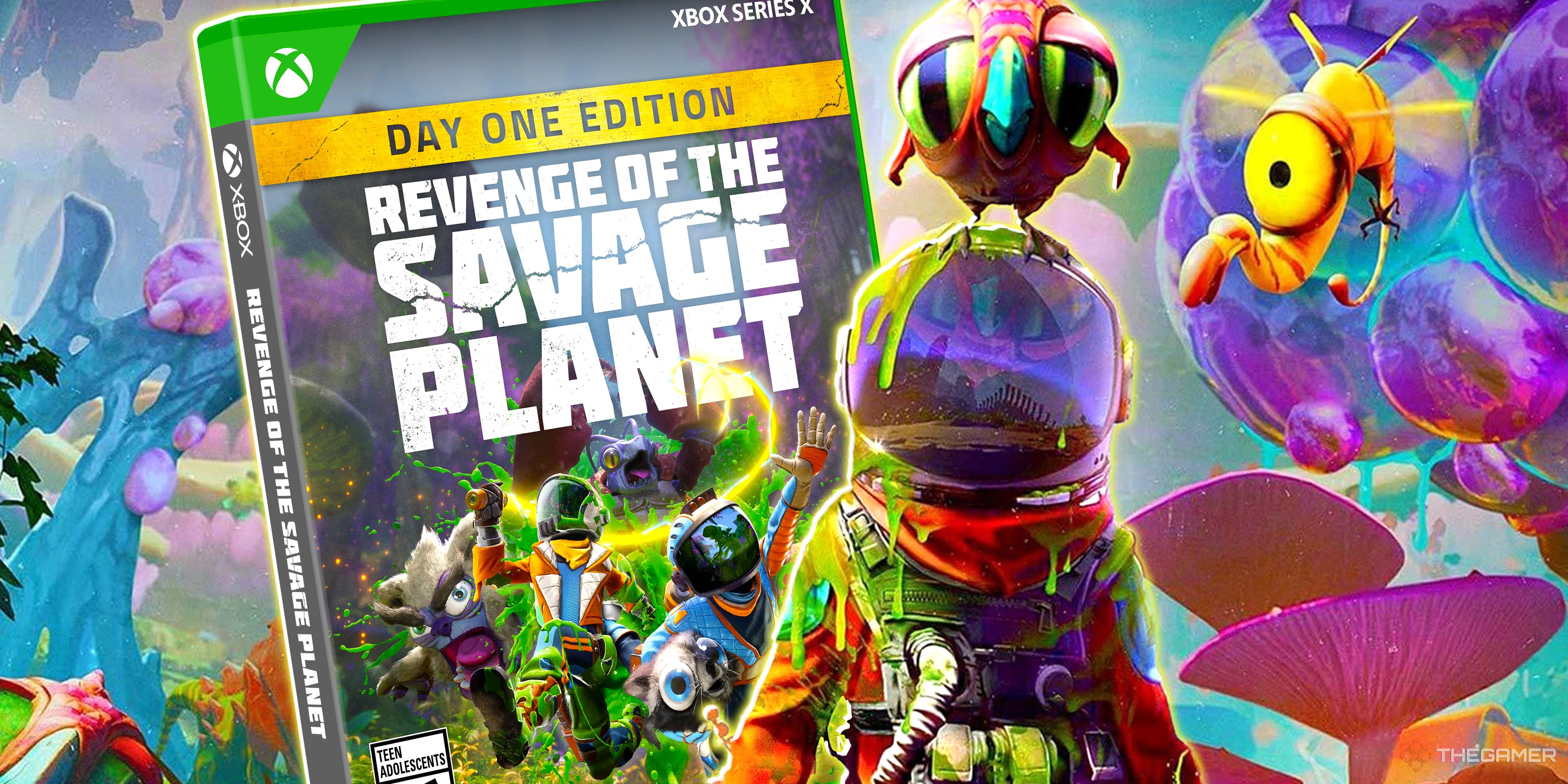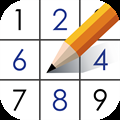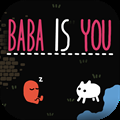Revenge Of The Savage Planet’s Sequel Should Be Way Smaller

Last year, I traveled to Raccoon Logic's Montreal office to preview Revenge of the Savage Planet. It was a hands-off demo, so I wasn't able to evaluate how the game would feel to play, but I was undeniably impressed by how it looked.
The shift to a third-person perspective seemed like the right move given the 3D platformer collectathon influences that were present in its predecessor. The colors were bright as ever too, making the game feel even more like a Saturday morning cartoon. While the combat had been expanded with a wide range of goos you could, Splatoon-style, spray all over the world before watching the chemical reactions they had with other elements in the game world. It seemed like a good time.
RelatedRevenge Of The Savage Planet Has Me Hungry For A New Ratchet & Clank
From combat to humour, Revenge of the Savage Planet feels very Insomniac.
PostsUnfortunately, I had one hangup. When asked how big the game was, Raccoon Logic said that Revenge had 30-plus hours of content. That worried me, since the strength of Journey to the Savage Planet was how compact it was. Its main story, per HowLongToBeat.com, only takes seven hours to finish for a beeline playthrough, and just 17 for a completionist. Having played Revenge, I can say that 30 hours would definitely be closer to that completionist playthrough than a simple main quest run. I rolled credits at about 15 hours, hit the optional second ending at around 20s, and am now mopping up the map with 30 hours down.
So, What's The Problem?
“But Andrew, my dear gamer, isn't a game being bigger a good thing?” Well, for decades, it's certainly been a selling point. Developers would announce that their new game was the biggest and best one yet, that their game would take 100+ hours to beat, that their story’s script was thousands of pages long. That mountain in the distance? It was even bigger than the mountain in the last game, and you could still climb it.
The drive to expand each time out is still prevalent today. The Last of Us Part 2 is twice as long as The Last of Us, and TLOU2, God of War Ragnarok, and Ratchet & Clank: Rift Apart added second playable characters that served to extend their campaigns. Linear games, which would benefit from focus, have had to figure out how to expand to a size that can warrant increasingly inflated price tags and development budgets.
Spider-Man 2 also added a second playable character, which fits into this being a broader trend at Sony. Miles Morales was introduced through his own smaller game first, however.
Focus On What Actually Matters
Journey to the Savage Planet wasn't linear, but it was compact in the way that triple-A games used to be. It benefited from that smaller size, too, as it fit with its exploration-focused, Metroid Prime-inspired gameplay. You needed to find the right (metaphorical) keys for the right locks, the right tools for the right job. Resident Evil 7 gave you a house, Resident Evil 2 gave you a police station, and Journey to the Savage Planet gave you, well, a savage planet. It was a contained open-world, and that contained size allowed you to keep it all in your head.
When a game gets as big as Revenge of the Savage Planet is — with four major planets, each with several distinct regions — remembering where you saw a lock you can now get past with your new key becomes more difficult. Revenge of the Savage Planet gets around this by simply having you return to your ship to unlock new tools, then directing you back to the lock. It takes the guesswork out but, in the process, loses the feeling that the locks and keys matter much.
If Raccoon Logic gets to make another Savage Planet game — and I'm rooting for that — I hope it scales back down. Give me Journey to the Savage Police Station. Revenge of the Savage Mansion. It would be easy to go big, but Raccoon Logic needs to take us home, instead.
NextRevenge Of The Savage Planet Does What Every Sequel Needs To: Understand Its Identity
Revenge is a dish best served self-aware.
Posts












